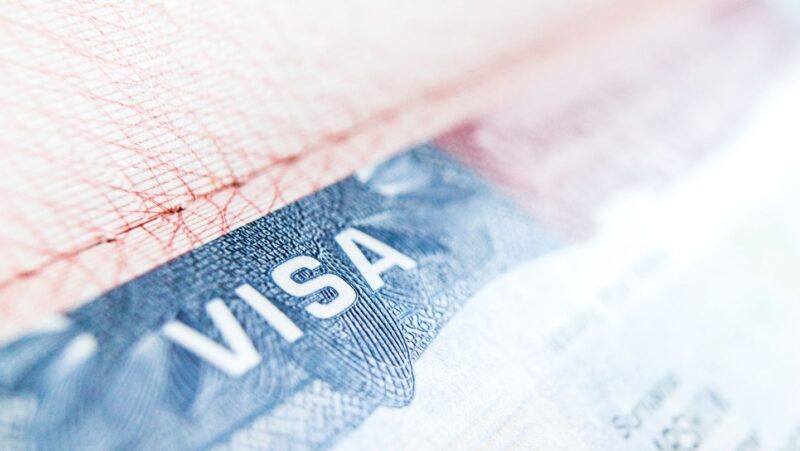
Because of the constantly shifting nature of the digital ecosystem, organizations and marketers are currently confronted with a significant change: the move to cookieless tracking. The rise in privacy regulations and the growing awareness among consumers regarding data security are the driving forces behind this change. Understanding the complexities of cookieless tracking systems is becoming increasingly important as firms struggle to adapt to changing circumstances. This article delves into the fundamentals of cookieless tracking, investigates the various solutions that are currently available, and evaluates the impact that this shift will have on businesses in a variety of industries.
Familiarizing Oneself with Cookieless Tracking
The term “cookieless tracking” refers to the methods of collecting user data that do not rely on cookies, which are small files that websites store on the devices of users in order to remember the user’s activity and preferences.
Cookies have always played a vital role in digital marketing, serving to provide tailored advertising and upgrades to the user experience while also facilitating advertising. In spite of this, their utilization is being restricted by stringent privacy laws such as the General Data Protection Regulation (GDPR) in Europe and the California Consumer Privacy Act (CCPA), which mandate greater transparency and control for users over their data.
The Rise of Tracking Solutions That do Not Rely on Cookies
Alternative tracking technologies are becoming increasingly popular among businesses as cookies continue to lose their viability. Utilizing a variety of methods, cookieless tracking solution is able to collect data while still maintaining the confidentiality of the user. The following are some common approaches:
- First-party data collection provides businesses with a direct link with the consumer by directly capturing data through user interactions on owned platforms, such as online forms and subscriptions. This type of data collection is also known as “direct data collection.”
- Fingerprinting is the process of generating a one-of-a-kind identifier for consumers by utilizing a combination of the settings on their device and browser. Although this method offers an alternative to cookies, it also faces scrutiny for privacy concerns.
- Privacy-enhancing technologies (PETs): These technologies balance data utility and user privacy by anonymizing and minimizing collected data, ensuring it cannot be traced back to an individual without additional information that is kept separate.
- Benefits of Cookieless Tracking for Businesses
- Adopting cookieless tracking technologies can offer various advantages for enterprises, including:
Compliance with privacy regulations: By utilizing solutions that intrinsically respect user privacy, organizations avoid the danger of legal fines and develop confidence with their audience.
Enhanced data security: Cookieless solutions frequently incorporate more secure ways of data management and storage, protecting against data breaches and unwanted access.
Sustainability in a changing landscape: Companies that adapt to cookieless tracking are better positioned for the future as the worldwide campaign for privacy continues to transform the digital marketing industry.
Challenges and Considerations
While the switch to cookieless monitoring brings potential, it also creates considerable challenges:
- Decreased data granularity: Cookieless solutions often give less precise data, which can sometimes have an effect on the precision of targeted advertising and customization initiatives.
- Modifications to the technical and operational aspects: In order to accept new monitoring technologies, businesses need to conduct a comprehensive overhaul of their present systems and procedures, which requires expenditures in both technology and training.
- Possible repercussions for marketing plan implementation: There is a possibility that the move could result in short-term interruptions in marketing campaigns and plans, as organizations adjust to new forms of data and monitoring technologies to accommodate the shift.
How to Get Ready for a Future Without Cookies
To successfully navigate the transition to cookieless tracking, businesses can take a number of steps, including the following:
Spend money on technology and expertise: The implementation of new technologies will need for both financial investment and the acquisition of experience. Businesses have to take into consideration forming partnerships with technology suppliers and recruiting individuals who are experts in the most recent tracking technologies.
Focus on first-party data: Building a robust first-party data strategy will be vital as this type of data becomes more critical in a cookieless world.

Experiment with new advertising models: As traditional targeted advertising becomes less effective, experimenting with context-based and cohort-based advertising can give alternate approaches to reach people.
Final Thoughts
The trend towards cookieless tracking solutions is not just a compliance obligation but a chance to reinvent digital strategy in a way that emphasizes customer trust and privacy. By understanding and using these new technologies, organizations may keep their competitive advantage and continue to prosper in a privacy-first digital world.


